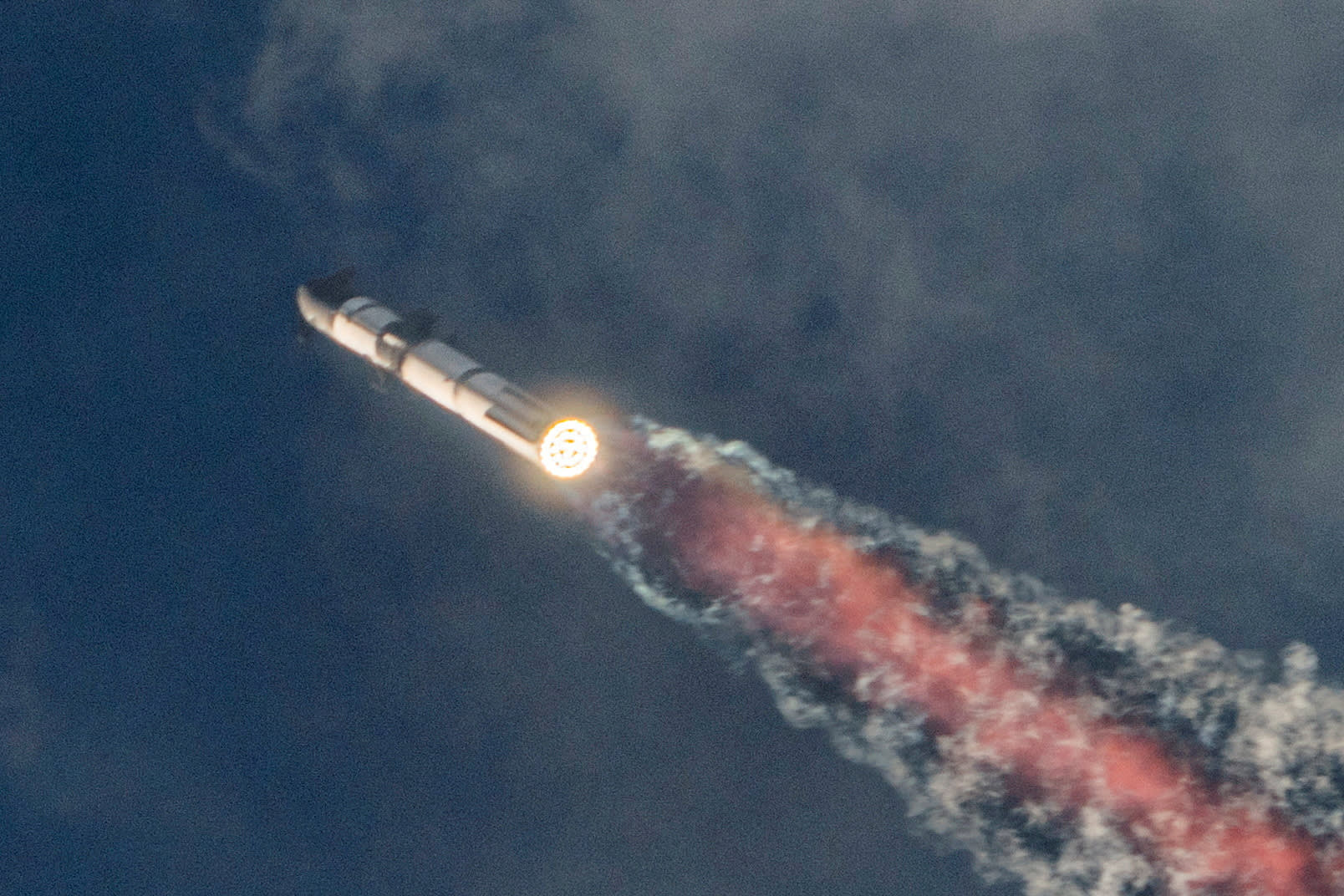Overall, much more successful than the previous test launch. SpaceX said they plan six more test launches this year so much opportunity for the trend to continue.
I’m hoping this is successful enough to put Starlinks on the next one to actually get operational, but the loss of attitude control and lack of Raptor relight don’t make me super optimistic.
It looked to me like the cargo bay door didn’t latch securely back in place, either.
Still, SpaceX always seems willing to add a few stretch goals to every launch. Starlinks are cheap enough that they could stick a few in the rack just in case everything works out.
I hope so, but if they launch on the suborbital trajectory again because they aren’t certain about the Raptor relight for a deorbit burn, then I’m guessing a Starlink won’t be able to deploy and raise its orbit in time to not also reenter.
Yeah, they’d need to be doing an orbital test for it to be worth the bother.
Is it worth trying land such a large rocket/ship when a small capsule does the job? Is it possible at all?
I get that SpaceX aims for re-usability, but if they have ambitions, go big and recycle materials in space to build space parts/ships/stations in-situ.
recycle materials in space to build space parts/ships/stations
If you mean in orbit, that’s orders of magnitude harder than reaching the Moon, and possibly harder than colonizing Mars.
We don’t have some scifi “gravity plating”, with some force fields to keep air in, to build a space dock, or a factory on a space station. Microgravity is fun for the first half hour, after that moving stuff around is a whole challenge on itself, something like screwing in a screw, or a lightbulb, is a separate challenge. Most of the knowledge about processes and logistics we use down the gravity well, with an atmosphere made primarily of nitrogen, goes out the window in microgravity.
The nearest “practical” place to recycle any materials, would be the Moon.
Yes it’s hard, which I acknowledged by saying if they have ambitions, go big and recycle materials in space. But you make it sounds like it’s nearly impossible, which I doubt.
We know how to keep air in space stations and capsules, without involving force fields or any other sci-fi tech.
For sure, building in space it different from building in earth gravity, but that doesn’t necessarily make it impossible. There already have been experiments and small-scale demonstrations in space:
Another example is a microgravity extrusion experiment in the ISS between from 2021 to 2023,
I assume it’s easier to start by building small parts, and progressively build larger parts, until hopefully we’re able to build most ships parts. The assembly can presumably happen in the vacuum of space, without air. There’s potential for ultimately building ships in orbit larger than anything we could lift with a rocket.
SpaceX, in a perfect world, just wants to be the railroad to facilitate others who want to build stations, bases, mining, recycling, etc.
As far as the greenness of rockets, recycling would be 5th in the 5 R’s:
- Refuse: refuse to use wasteful rockets? I don’t really know how to apply this one.
- Reduce: I suppose rideshares and vehicles with multiple hosted payloads are good
- Reuse: See: SpaceX
- Repurpose: Wet workshops?
- Recycle: energy intensive and would need tons of infrastructure to process and use on orbit
While you are correct. Human experience wise.
We have long had theories and full maths on centrifugal force’s needed to create a gravity like enviroment
Its really more about the will and dedication to develop such ideas.
The difference between theoretical math vs. applied math, is that one gives you spherical cows in a vacuum, while the other needs to take into account valve intake shapes and positioning so they can relight the reentry engines while fuel is experimenting those centrifugal forces.
“Will and dedication”, is what SpaceX is doing right now: getting stuff explode until they manage to account for all the variables you need to plug into the formulas… and this is just for the easy rocket science.
The SLS worked the first time.
The single launch also cost more than all of Starship to date.
the sls has been in development for 13 years, and 24 billion dollars spent, and it has managed one uncrewed launch, and the cost per launch is expected to be 2 billion. i do not like elon musk, but spacex (and other launch startups) are clearly more innovative and get things done faster and cheaper.
In 2018, right? When’s the 2nd launch supposed to be?






